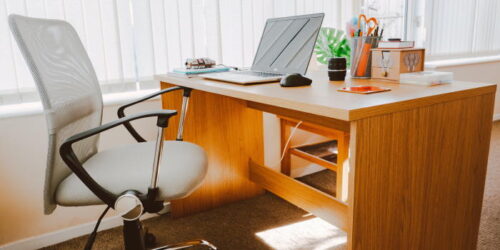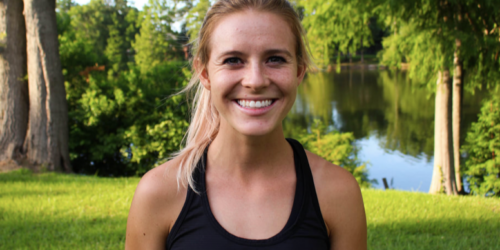A 2-Minute Walk May Counter the Harms of Sitting | From The New York Times

NY Times by Gretchen Reynolds.
With evidence mounting that sitting for long stretches of time is unhealthy, many of us naturally wonder how best to respond. Should we stand up, or is merely standing insufficient? Must we also stroll or jog or do jumping jacks?
A new study offers some helpful perspective, suggesting that even a few minutes per hour of moving instead of remaining in a chair might substantially reduce the harms of oversitting.
As most of us have heard by now, long bouts of sitting can increase someone’s risk for diabetes, heart disease, obesity, kidney problems and premature death. These risks remain elevated even if someone exercises but then spends most of the rest of his or her waking hours in a chair.
In a representative and sobering study being published next month in Diabetologia, scientists found that every hour that overweight adults spent watching television, which is a handy way to measure sitting time at home, increased their risk of becoming diabetic by 3.4 percent. Most of the participants were watching nearly three hours a day.
But despite such health concerns, simply advising people to abandon their chairs and stand all day is impractical. Many of us who have experimented with standing or treadmill desks have discovered that they can have their own deleterious impacts on typing accuracy, general productivity and our lower backs.
So what reasonable steps could and should people take throughout the day to reduce sitting time?
To help to answer that question, researchers at the University of Utah in Salt Lake City and other institutions recently turned to the immense trove of data available in the National Health and Nutrition Examination Survey, which annually asks a cross section of Americans about how they eat, exercise, feel and generally conduct their lives.
Recently, as part of the data collection process, some participants have begun wearing monitors that objectively track their movement patterns. (Otherwise, the data relies on people’s recall of activities, which can be unreliable.)
The researchers gathered monitor data for 3,626 adult men and women, most of whom reported being generally healthy at the start of the study period.
Using standard activity measurements, the researchers then divided each of these participant’s days into minutes spent sitting; participating in low-intensity activity (since the monitors couldn’t pick up changes in posture, but only in bodily movements, they couldn’t measure standing per se); engaging in light-intensity activities, such as strolling around a room; or doing moderate to intense activities, such as jogging.
Most of the participants spent most of each day sitting.
The scientists then checked death records for three or four years after the survey, to determine how many of the participants had passed away during that time.
They used the resulting numbers to statistically determine participants’ overall risk of premature death and what role sitting or not sitting had played in that risk, as well as the relative importance of what someone did instead of sitting.
In other words, the scientists wanted to see whether standing, walking or jogging in lieu of sitting was best at extending lifespans.
What they found was unexpected. A low-intensity activity like standing, by itself, had little effect on mortality risk. Those people in the study who spent a few minutes each hour engaged in such low-intensity activities did not show much if any decline in death risk, compared with those who sat the most.
But those who walked around after standing, replacing some of their sitting time with a light-intensity activity like strolling, gained a substantial benefit in terms of mortality risk.
In fact, if they replaced as little as two minutes of sitting each hour with gentle walking, they lowered their risk of premature death by about 33 percent, compared with people who sat almost nonstop.
The researchers found an additional reduction in mortality risk if people engaged in moderate exercise instead of sitting, although the numbers of respondents who jogged or leapt about instead of sitting was so small that statistical determinations were difficult.
Over all, the study’s findings are “encouraging,” said Dr. Srinivasan Beddhu, a professor of medicine at the University of Utah, who led the study. They are especially so since the benefits seem to be additive, he said. Someone who already is walking for two minutes per hour and now starts to walk two minutes more — displacing an additional two minutes of what had been sitting time — could reduce his or her risk of premature death even more than from walking two minutes alone.
This reduction in death risk is likely related to energy balance, Dr. Beddhu said. Strolling instead of sitting increases the number of calories that someone burns, potentially contributing to weight loss and other metabolic changes, which then affect mortality risk.
But because this study is observational, he said, it doesn’t prove that walking instead of sitting directly reduces death risk, only that the two are associated.
Still, the possible benefits of strolling more often around the office seem alluring and the risks slight, especially if you invite your boss to join you, highlighting your tender care for his or her well-being.






